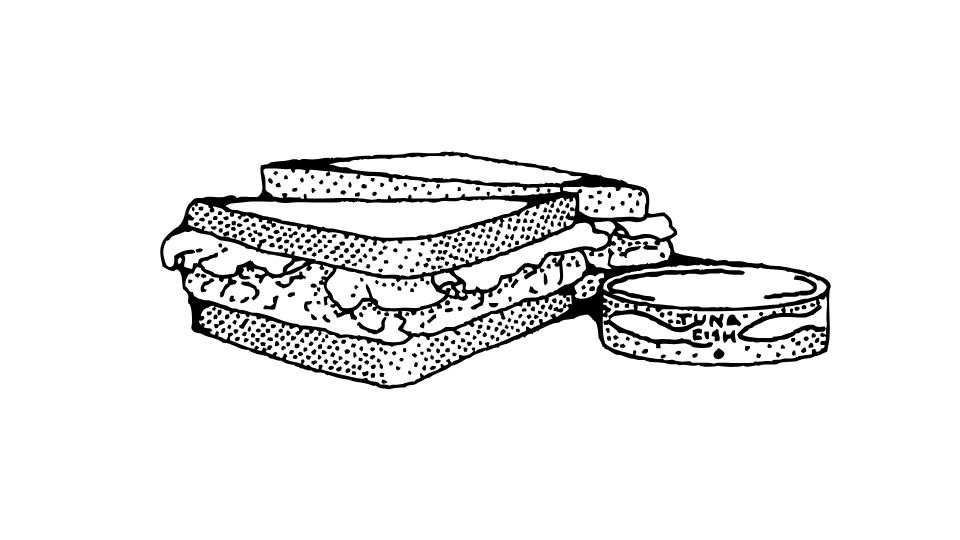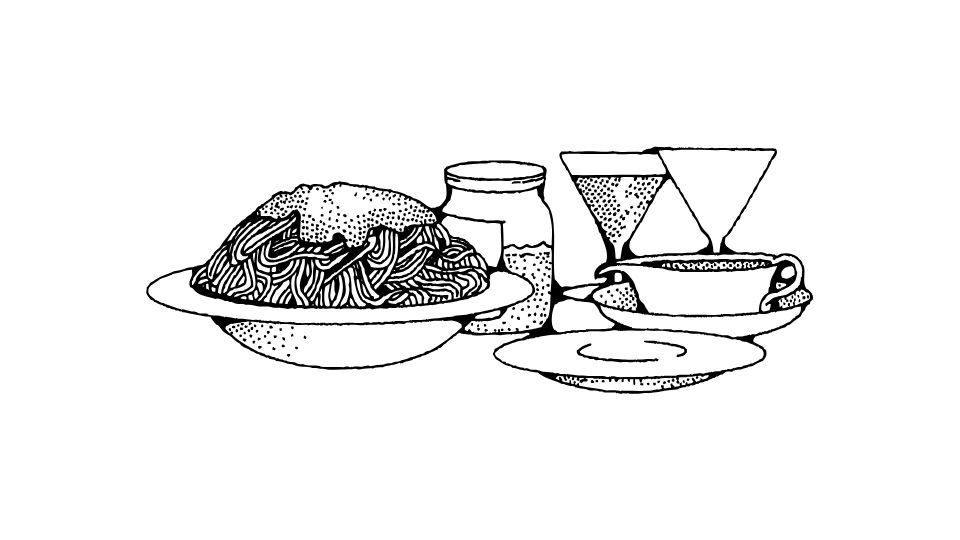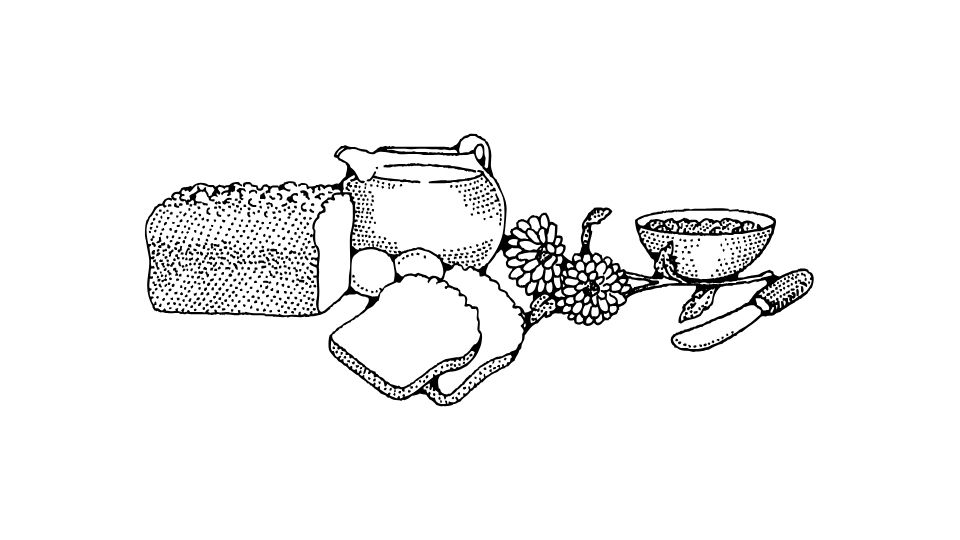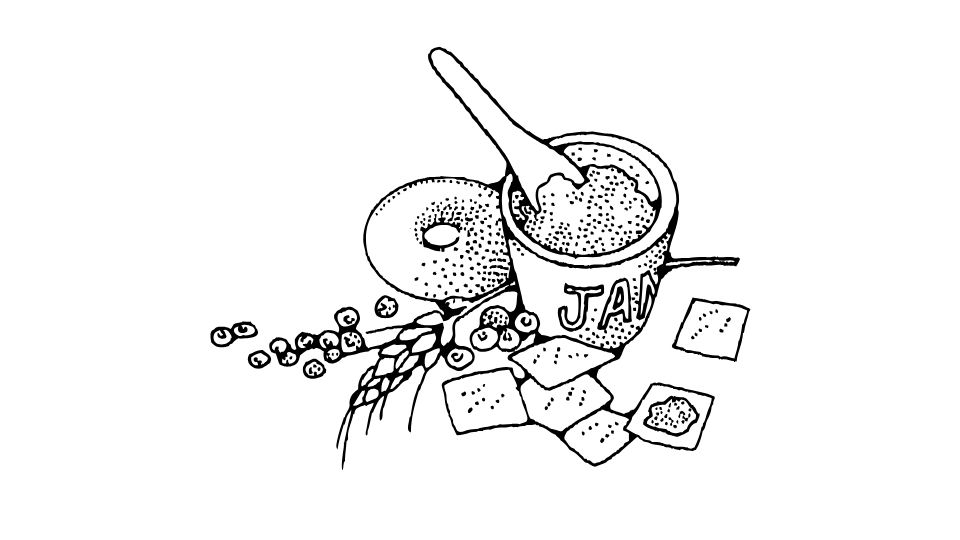Ever tried estimating how much food you ate? I’m guessing you’ve eyeballed your plate and thought “hmm, I ate about half of that” or “I demolished 90% of that pasta.”
Turns out, tracking the percentage of food eaten is actually a genius hack for meal tracking.
It’s way simpler than weighing everything or counting exact calories, and it gives you surprisingly accurate data about your nutrition.
Let me break down why this method is awesome and how it can transform the way you think about food tracking.

Why Tracking Food by Percentage Makes So Much Sense
Tracking food by percentage eaten is like using training wheels for nutrition – it makes the whole process easier while still getting you where you need to go.
1. It’s ridiculously simple

Which sounds easier?
“I ate about 75% of my dinner”
OR
“I consumed exactly 237 grams of chicken, 112 grams of rice, and 86 grams of vegetables for a total of 435 calories”
Yeah, exactly.
When you estimate percentages, you don’t need a food scale, measuring cups, or a PhD in nutrition. You just look at your plate, figure out roughly how much you ate, and move on with your life.
Studies show that ease of tracking strongly influences consistency, which is the real key to maintaining nutrition goals like weight loss or balanced macros.
2. It adapts to real life eating
Let’s be real – our appetite isn’t the same every day. Sometimes you’re starving, sometimes you’re not.
Using percentage eaten captures these natural fluctuations. Maybe you only ate 40% of dinner because you had a late lunch. Or you demolished 100% of breakfast because you were ravenous after a morning workout.
This method actually reflects what happens in real life, unlike rigid meal plans that assume you’ll eat exactly the same amount every day (spoiler alert: you won’t).
Research shows that appetite varies throughout the day due to multiple factors including activity level, hormones, and even sleep quality.
3. Math becomes stupidly easy

When you know the total calories and macros in a meal, calculating what you actually consumed becomes simple multiplication.
Example: If your meal has 600 calories total and you ate 50%, you consumed 300 calories.
No complicated fractions or conversions – just basic math that even your phone calculator can handle.
This makes it much easier to track your energy balance, which is the fundamental principle behind weight management. After all, weight changes depend on calories in versus calories out.
4. It helps you become more mindful
When you start thinking about food in percentages, you naturally become more aware of portion sizes and how much you’re actually eating.
“I only ate 30% of that massive restaurant portion” is a light-bulb moment that might make you reconsider ordering that dish again or plan to share it next time.
This awareness can be game-changing for weight management since portion sizes have grown dramatically over the past few decades.
How This Works in Practice

Imagine you ordered a burger and fries that you know is about 1200 calories total (thanks, chain restaurant nutrition info!).
You’re feeling pretty good about your hunger cues today, so you eat until you’re satisfied and leave some on the plate. Looking at what’s left, you estimate you ate about 65% of the meal.
Quick calculation: 1200 calories × 0.65 = 780 calories consumed
You also know the meal had roughly 60g carbs, 45g protein, and 70g fat. So you consumed:
- Carbs: 60g × 0.65 = 39g
- Protein: 45g × 0.65 = 29.25g
- Fat: 70g × 0.65 = 45.5g
No food scale required. No tedious logging of individual ingredients. Just a simple estimate that gives you surprisingly accurate information.
But what about accuracy?
I hear you – estimating percentages isn’t perfectly precise. But here’s the kicker: most food tracking isn’t accurate anyway!
Even if you weight your food, nutrition labels can be off by up to 20%. Plus, your body doesn’t process every calorie the same way due to factors like your gut microbiome and metabolic differences.
The goal isn’t perfect precision – it’s getting close enough to make informed decisions about your diet while keeping the process sustainable.
The big-picture benefits
Using percentage eaten as your tracking method:
- Simplifies the entire tracking process
- Makes tracking more consistent because it’s easier
- Provides good enough data for most nutrition goals
- Keeps you mindful about portions
- Works with any type of meal – home-cooked, restaurant, or packaged
- Doesn’t require special tools or extensive nutrition knowledge
How to Start Using This Method Today

- Start with meals where you know the total nutrition (packaged foods, recipe nutrition, restaurant info)
- Estimate what percentage you consumed (25%, 50%, 75%, 100%)
- Multiply that percentage by the total nutrition info
- Track those numbers however you prefer – app, journal, or mental note
The beauty of this system is its flexibility. You can be as precise or casual as you want while still getting valuable data about your eating habits.
As you practice, you’ll get better at estimating percentages, and your tracking will become more accurate over time. It’s like developing any skill – you improve with practice.
The Bottom Line
Food tracking doesn’t have to be complicated, time-consuming, or soul-crushing. The percentage method gives you a practical middle ground between obsessive measuring and having no idea what you’re eating.
Whether you’re trying to lose weight, gain muscle, or just eat more mindfully, tracking by percentage gives you actionable information without the headache of traditional food logging.
So next time you eat, instead of stressing about exact grams and calories, just ask yourself: “What percentage of this meal did I eat?” Your sanity (and your nutrition goals) will thank you.




Leave a Reply